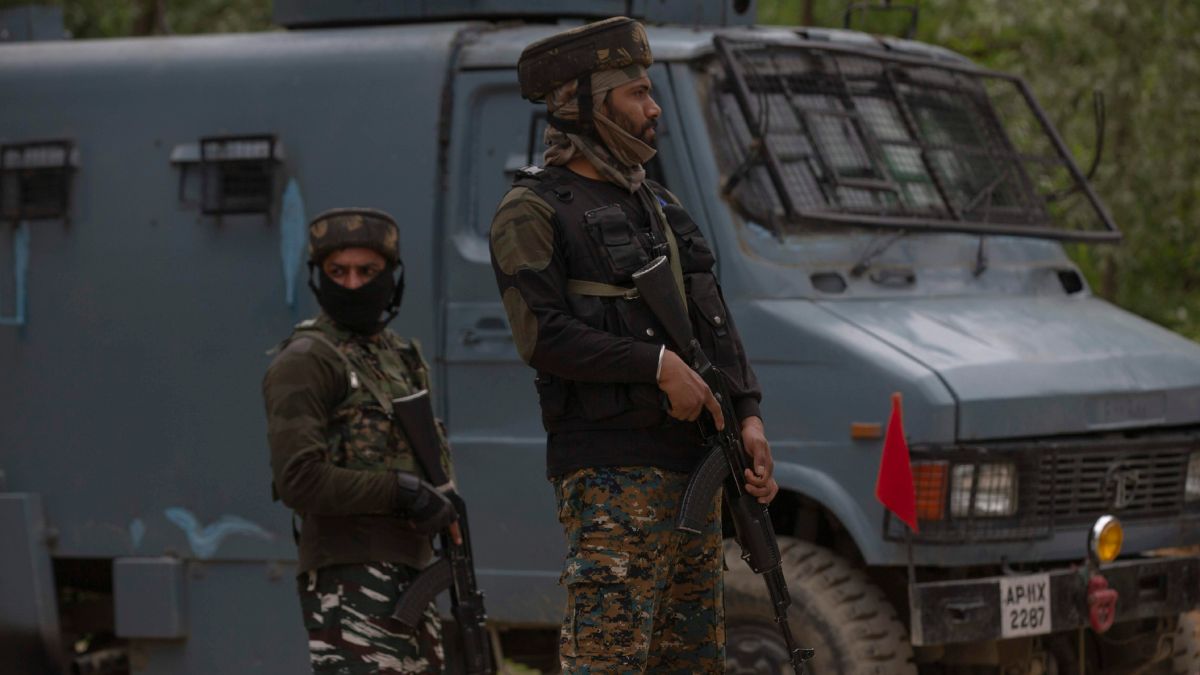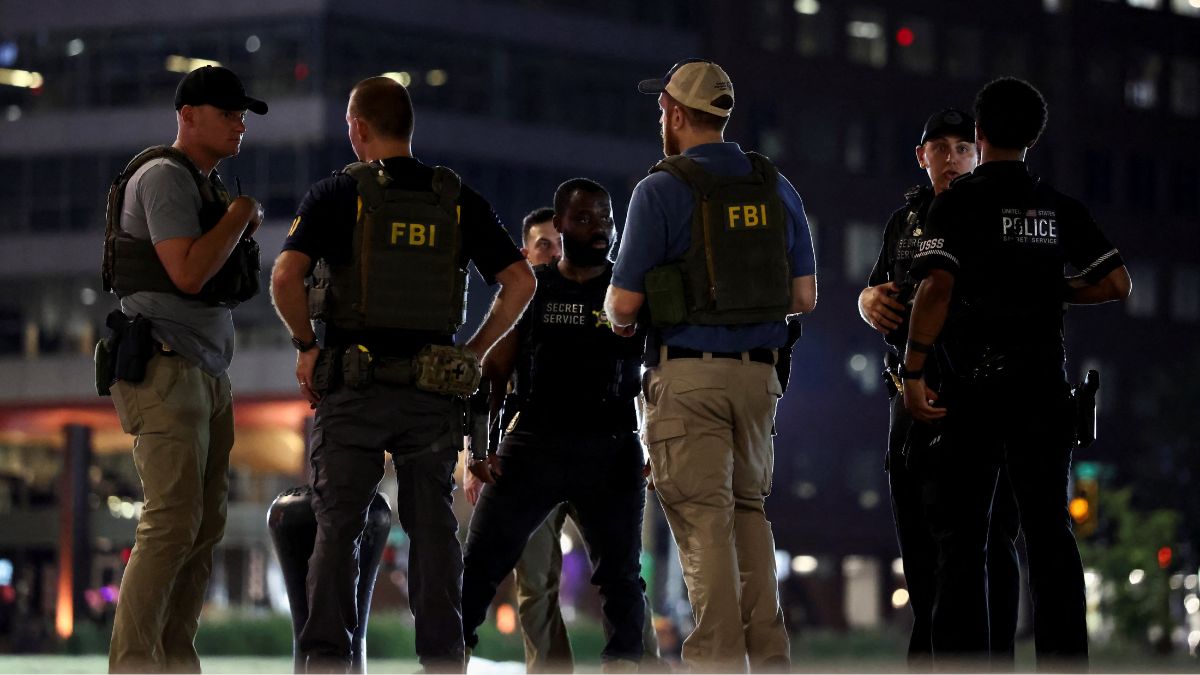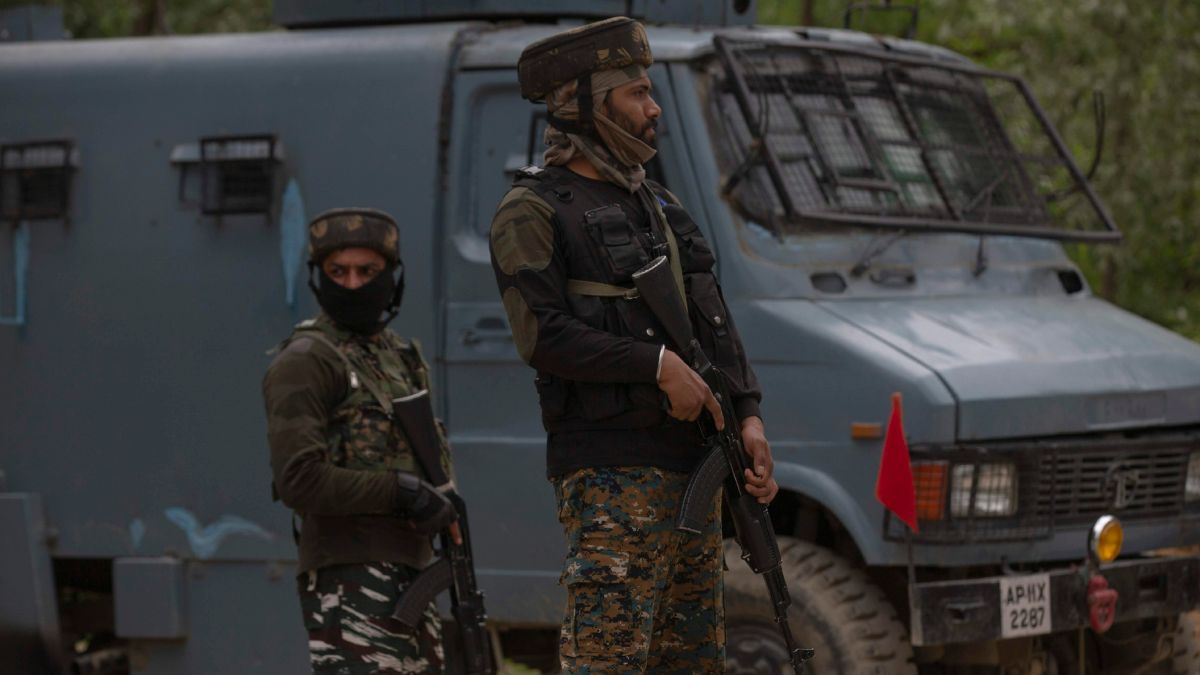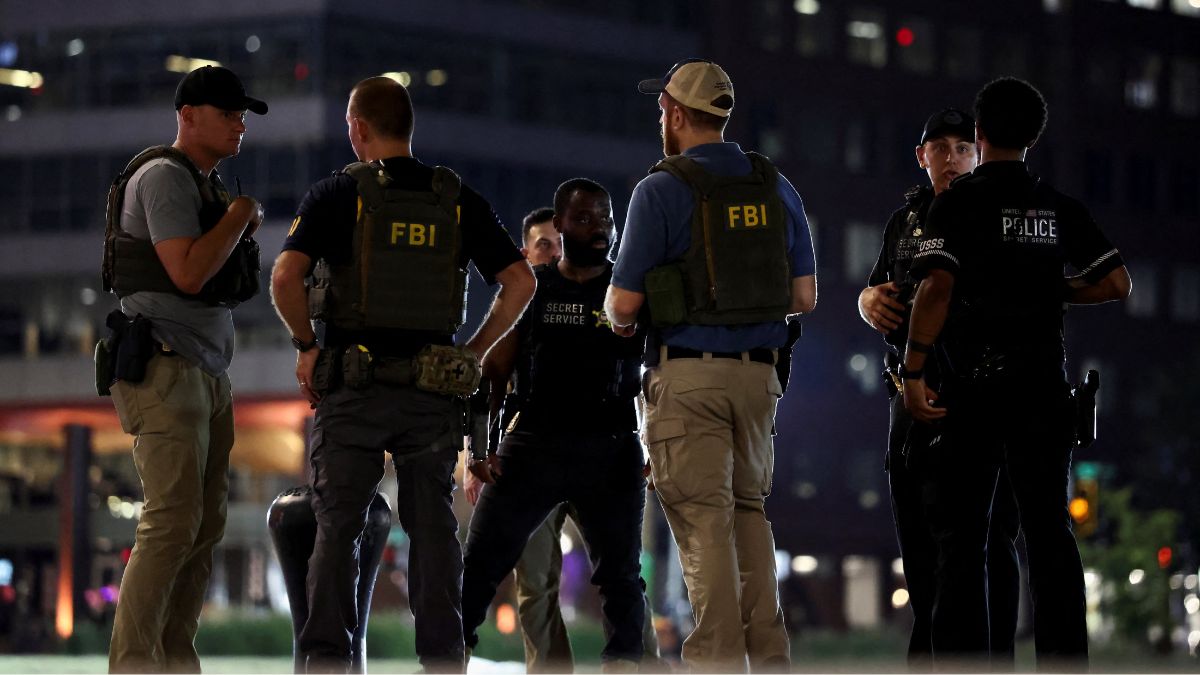France has declared an emergency in New Caledonia.
The French Pacific territory around 1,500 kilometres east of Australia has erupted in violence for three straight days.
This, after France’s National Assembly began debating on a bill to allow French citizens to vote in local polls.
But what are territories? What rules govern them? Which territories does France still have?
What are territories?
According to the United Nations, non-self-governing territories are defined as areas “whose people have not yet attained a full measure of self-government.”
Chapter XI of the UN Charter, which deals with non-self-governing territories ask member states running the territories to understand “that the interests of the inhabitants of these territories are paramount” and take on the duty to improve their lot as a “sacred trust.”
In 1946, eight member states of Australia, Belgium, Denmark, France, the Netherlands, New Zealand, the United Kingdom and the United States told the UN they were administering non-self-governing territories.
At that time, the number of non-self-governing territories was 72.
Eight territories would gain their independence prior to 1959.
Then, in 1960, the UN adopted the decolonisation declaration which called on member states to take “immediate steps” to return power to people in the territories and to end “colonialism in all its forms and manifestations.”
Impact Shorts
View AllThe UN Assembly in 1963 listed 64 territories to which the declaration would apply.
In 1965, French Somaliland (Djibouti) and Oman were added to the list of territories. The Comoro Islands made the list in 1972 and New Caledonia in 1986.
Between 1962 and 2002, 54 territories would go on to achieve independence.
The UN lists 17 non-self-governing territories as of May 2024.
These are: Western Sahara, Anguilla, Bermuda, British Virgin Islands, Cayman Islands, Falkland Islands, Montserrat, Saint Helena, Turks and Caicos Islands, United States Virgin Islands, Gibraltar, American Samoa, French Polynesia, Guam, New Caledonia, Pitcairn and Tokelau
Of these, 14 are governed by European nations.
What rules govern them?
Each nation has put in place its own rules by which it administers territories.
As per DW, the EU has a special arrangement with territories governed by France, UK, Netherlands and Denmark.
The territories, though they have “wide-ranging autonomy,” rely on the above member states to varying degrees.
However, the EU member states determine how defence and foreign policy are to be conducted.
The UK has more than a dozen territories overseas – Anguilla, the British Virgin Islands, Bermuda, the Cayman Islands, Montserrat, the Turks and Caicos island group, the Falkland Islands, the Pitcairn Islands, South Georgia and South Sandwich Islands, the British Antarctic Territory, Saint Helena, islands in the British Indian Ocean Territory, the Sovereign Base Areas on Cyprus and Gibraltar.
The United Nations lists the United States as governing American Samoa and Guam, while New Zealand administers Tokelau.
Of these, 10 make the UN’s list of non-self-governing territories.
For the UK, each of these territories have their own laws and local governments.
However, in each territory the monarch appoints governors or commissioners who handle defence, foreign affairs and police, as per DW.
The Netherlands, meanwhile, administers six Caribbean islands.
These are considered overseas territories by the EU, but not the UN.
The Netherlands has given Aruba, Curacao and Sint Maarten the status of autonomous countries.
Bonaire, Sint Eustatius and Saba are special municipalities governed directly by the Dutch government.
Dutch citizens are allowed to vote in national and European polls.
Though the islands are not part of the Eu, those who live on here are both Dutch and European citizens.
The Kingdom of Denmark comprises three autonomous countries: Denmark, Greenland and the Faroe Islands.
The Faroe Islands is a self-governing territory, while Greenland has been ruling itself since 1979.
The EU designates Greenland an official overseas country of Denmark.
Its residents have EU citizenship, as per DW.
What territories does France still have?
France currently has 13 territories – part of its heritage from the colonial era, according to BestofFrance.ca.
Collectively known as the ‘Overseas Departments and Regions – Overseas Collectivities’ (DROM-COM), they comprise over 120,000 square kilometres outside the mainland and have more than 2.6 million residents.
These fall into three different categories – French Overseas Departments, French Overseas Collectivities and French Special Collectivity.
France’s territories are
New Caledonia
Guadeloupe
Martinique
Réunion
French Guiana
Mayotte
Saint Martin
Saint Barthélemy
Saint-Pierre And Miquelon
Wallis And Futuna
French Polynesia
Clipperton Island
The French Southern And Antarctic Lands
As per DW, Guadeloupe, Martinique, Reunion, Mayotte and French Guiana are French Overseas Departments.
This means they are completely under French law.
French Polynesia, Wallis and Futuna, Saint Martin Saint Barthelemy, Saint Pierre and Miquelon are French Overseas Collectivities.
These have some autonomy and their own laws, but subjects like defence and foreign policy remain the domain of the French government.
New Caledonia, of course, has a special status with much of its own autonomy thanks to the 1998 Nouméa accord – which allows it to hold referendums on independence.
New Caledonia and French Polynesia are both listed as non-self-governing territories.
France directly governs Clipperton islands, while the French Southern and Antarctic Lands are mainly used researchers and military, as per DW.
Why does France still have these territories?
Because these are great strategic and economic assets.
A piece in Wavellroom.com noted that France has the second biggest Exclusive Economic Zone (EEZ) on Earth (only after the United States).
The article noted how the territories are crucial to sustaining France’s military and maritime internationally.
“The French overseas territories allow France to use its military power globally, complementing military bases in foreign countries and her aircraft carrier. As a matter of fact, France is the third country in the world enjoying the biggest global military footprint, behind the United States and Russia,” the piece noted.
It added that they “give France secure platforms for power projection all over the world, and the possibility to redeploy military assets in response to changes in the strategic situation.”
It said they allow France to be present “as a credible partner and ally in both the Indian Ocean and the Asia-Pacific region” and quickly intervene outside its metropolitan territory and thus contribute to regional military cooperation.
The piece also pointed out the potential economic benefits.
“Especially in the Indian and Pacific Oceans, this EEZ holds the potential of containing reserves of hydrocarbons and strategic minerals which could be necessary to France’s strategic autonomy,” the piece stated.
It noted that the reserves though unexploited could be a potential goldmine. It also said the biodiversity in territories could help when it comes to food, medicine, and cosmetics.
With inputs from agencies


)
)
)
)
)
)
)
)
)



